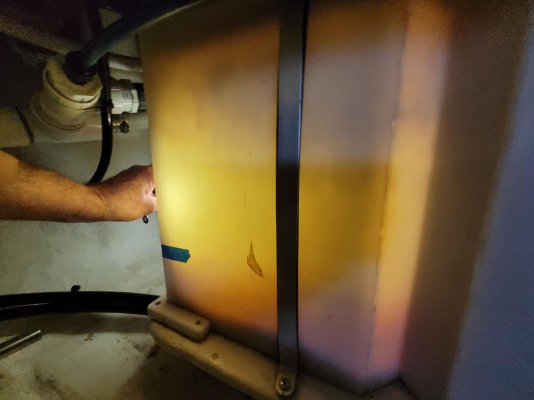Stick to what you have. Here's my recipe.
1. Pull the tank sensor probe fitting out.
2. Scrape and loosen the crud at bottom of the tank as best you can, two paint stir sticks work great taped together.
3. Pump out the tank.
4. The sensors, that slide on the tubes, can come off by taking off their plastic clips on the bottoms. Keep track of which end was up. Clean the tubes and the insides of the sensors with a small tool. The liquids crystallize inside the sensors, which is what causes the sticking most of the time. Reassemble float sensors.
5. If you have a multi float system, calibrate the sensors by loosening the locknut on the lowest sensor and push it down until it touches the bottom of the tank. Then pull it back out 1/2". Keep the upper sensor where it was and adjust the middle sensor halfway between the two. Reinstall the probe fitting in the tank.
6. Power up the system, and the tank sensor lights should indicate empty. If reads higher, then adjust the lowest sensor by pulling it further out until it reads empty.
Tighten all lock nuts.
7. System is now ready to go.
8. I pump out when the monitor system reads medium.
9. While I'm in the mood, I replace the duckbill valves, and the tank vent filter.
10. Take a hot shower, then pour myself a nice cold one!
I have used this method for six years and haven't had an issue.



